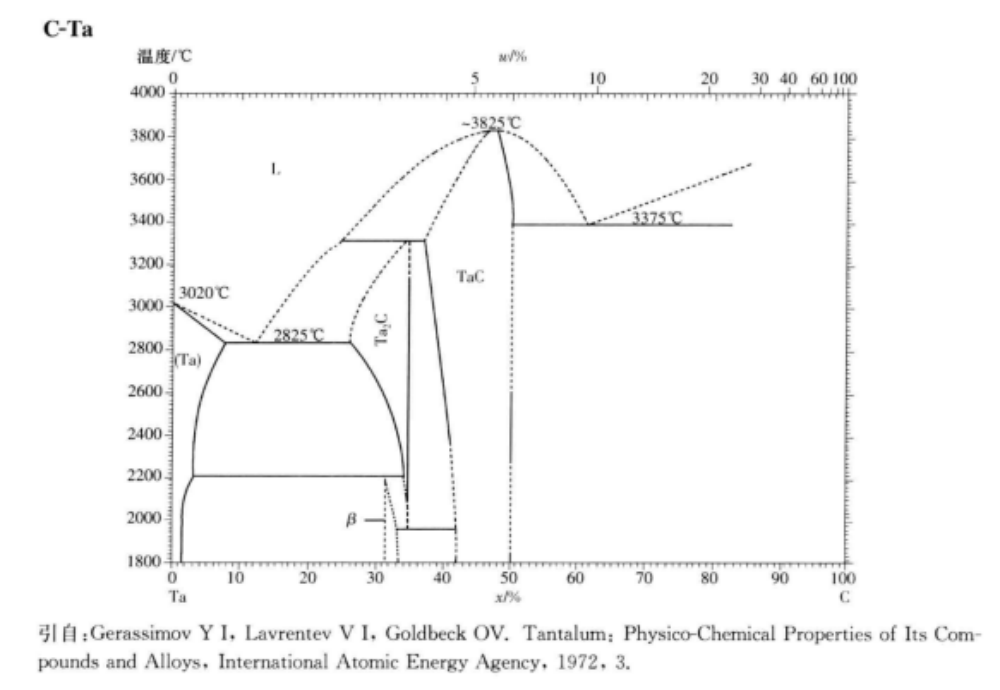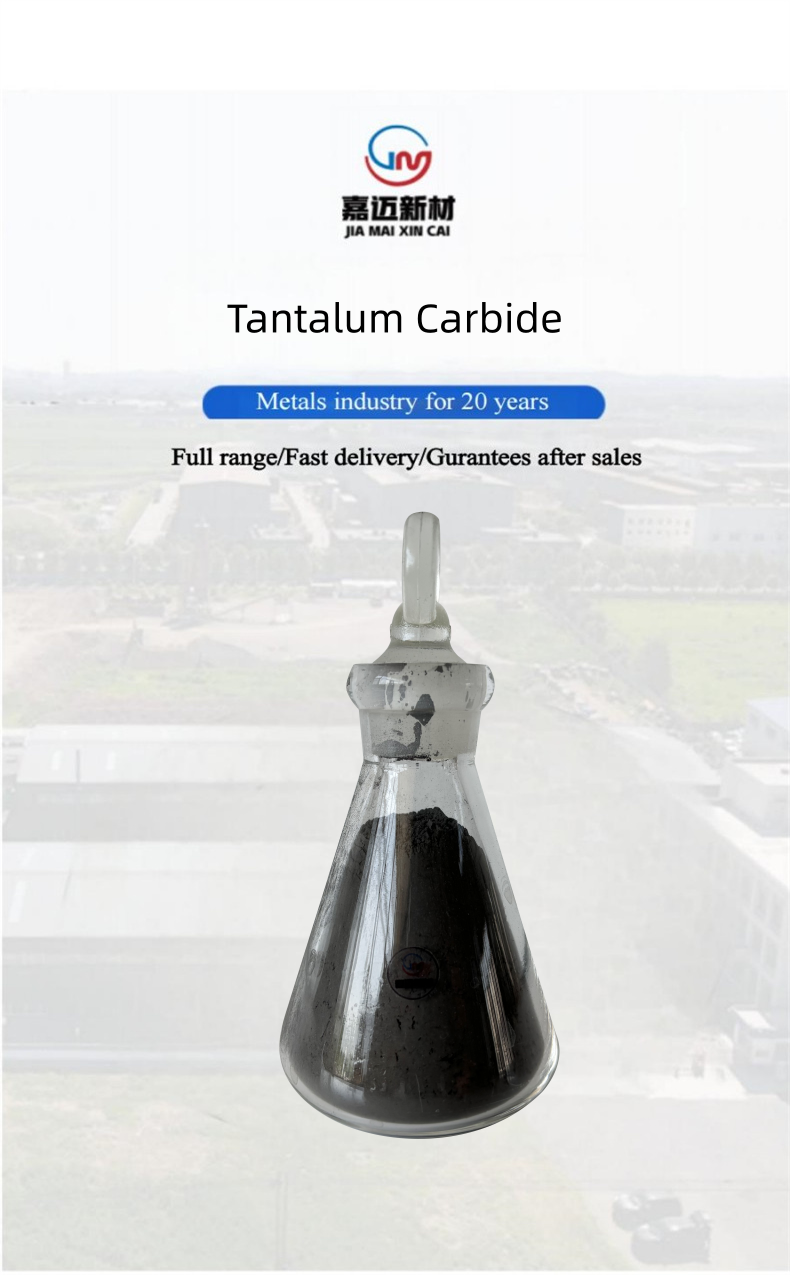
Product Name: Tantalum Carbide (TaC)
Specification: 0.8-10um (D50)
Appearance: Irregular
Color: Black Grey
Features: high melting point, high hardness, high elastic modulus, good chemical stability, and corrosion resistance
Application: Hard alloy, cutting tools, military, electrode materials, metal matrix composites

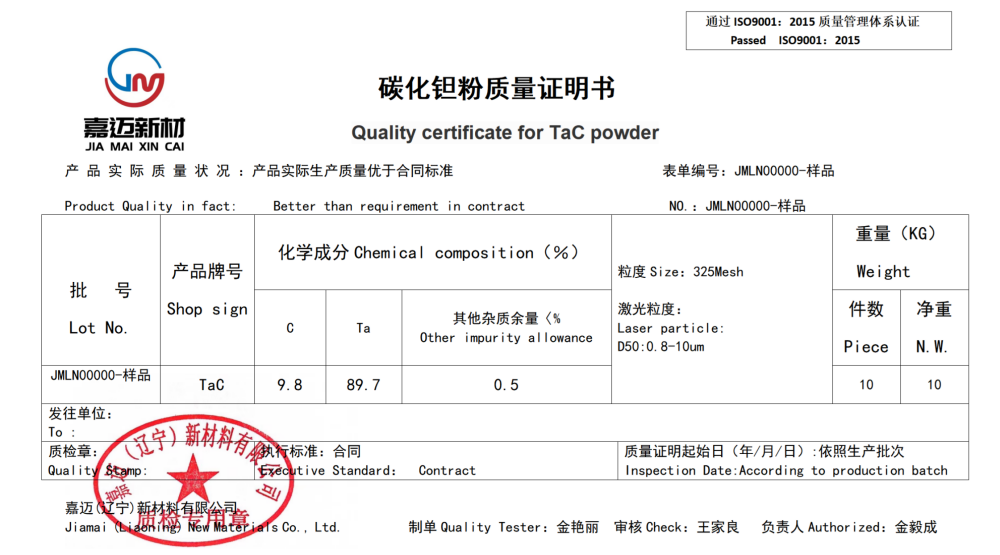

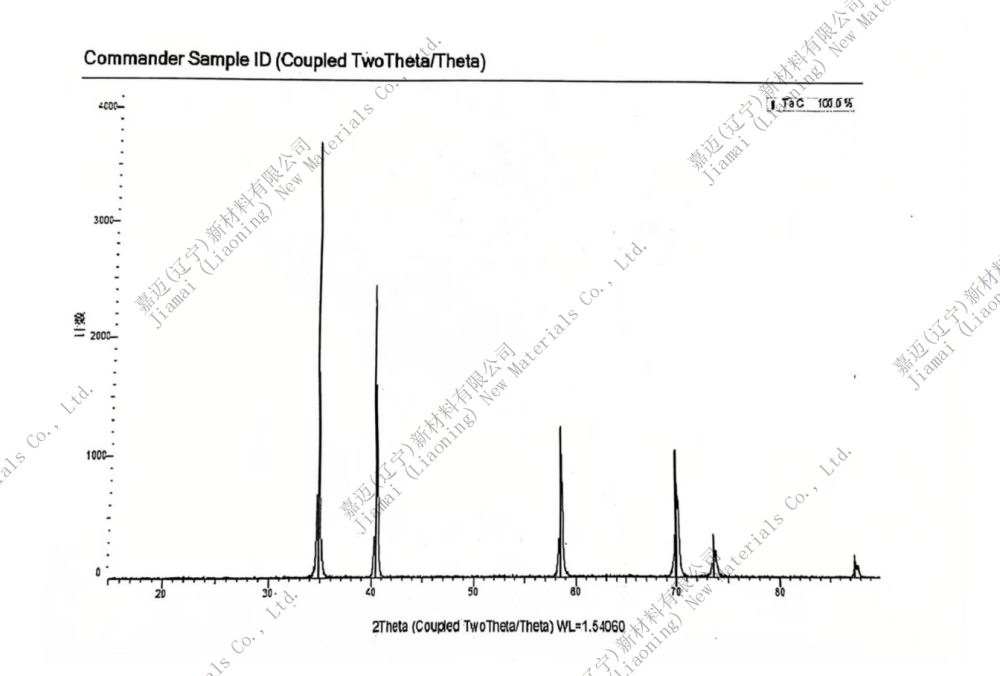

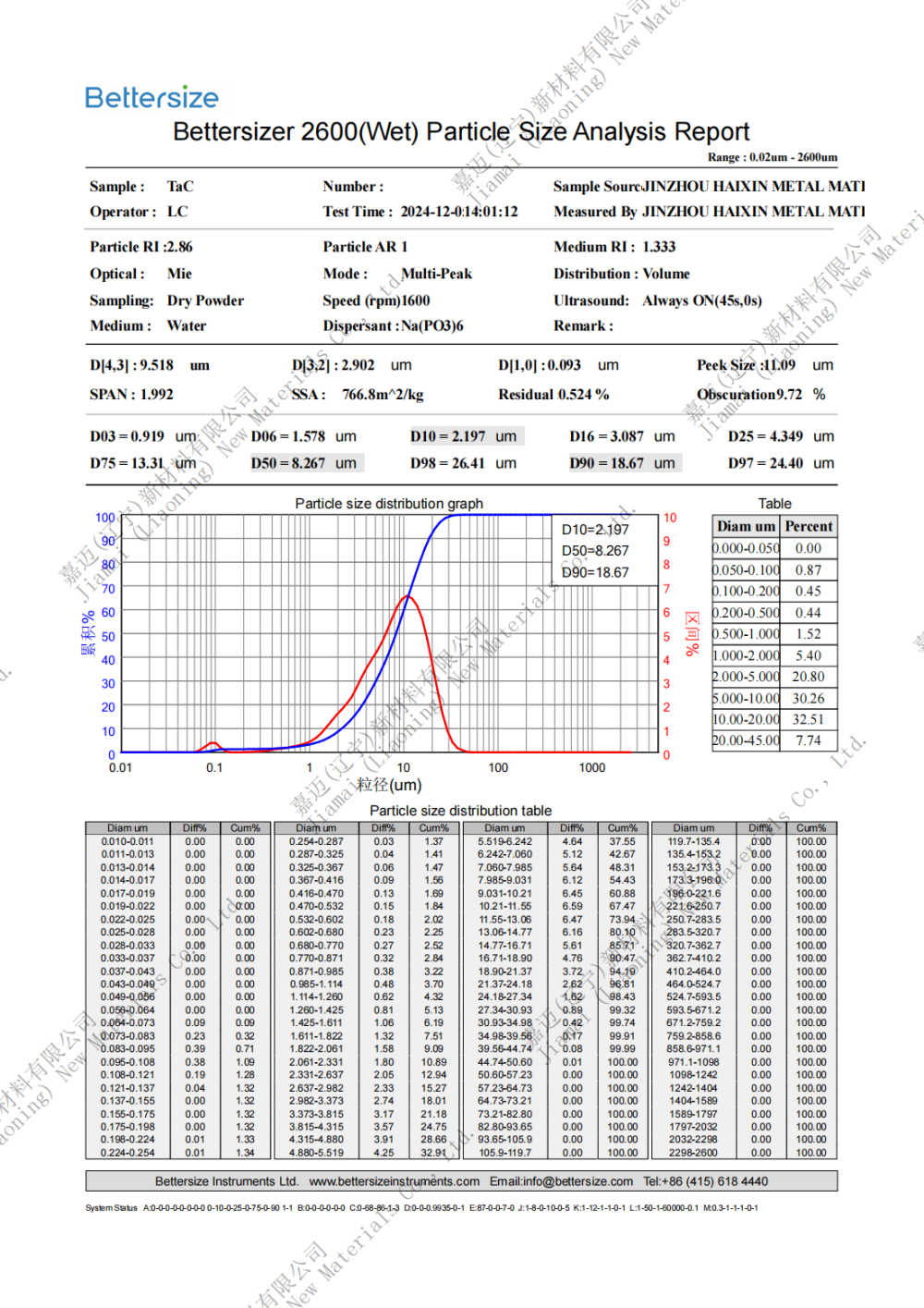
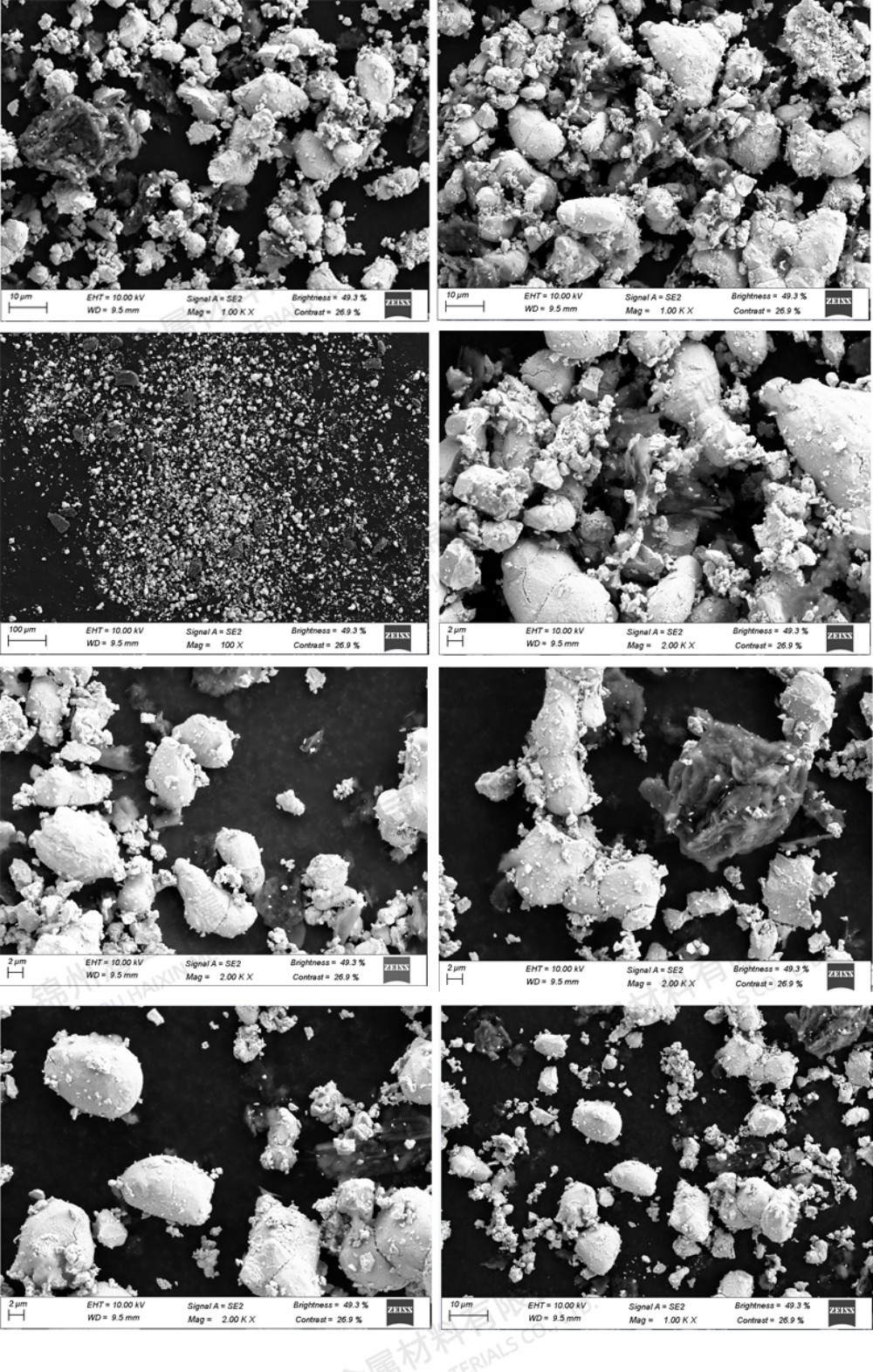

tantalum carbide
CAS No.: 12070-06-3
EINECS number: 235-118-3
Molecular formula: TaC
Molecular weight: 192.96
Melting point: 3880 ℃
Boiling point: 5500 ℃
Hardness: 2100HV0.05
Crystal form: Light brown metallic cubic crystalline powder, belonging to the sodium chloride type cubic crystal system.
Density: 14.3g/cm3
Resistance: 30 Ω at room temperature
Properties: Tantalum carbide (TaC) is an ultra-high temperature ceramic material. Ultra high temperature ceramics (UHTCs) usually refer to a type of ceramic material with a melting point exceeding 3000 ℃ and used in high temperature and corrosive environments above 2000 ℃ (such as oxygen atom environments), such as ZrC, HfC, TaCHfB2, ZrB2, HfN, etc. Tantalum carbide has a melting point of up to 3880 ℃, high hardness (Mohs hardness 9-10), large thermal conductivity (22W · m-1 · K-1), high flexural strength (340-400MPa), and small thermal expansion coefficient (6.6 × 10-6K-1). It exhibits excellent thermochemical stability and superior physical properties, and has good chemical and mechanical compatibility with graphite and C/C composite materials. It is insoluble in water, insoluble in inorganic acids, soluble in mixed acids of hydrofluoric acid and nitric acid, and can decompose. Strong antioxidant capacity, easily melted and decomposed by potassium pyrosulfate.
Preparation method:
(1) Restoration method
Tantalum oxide or carbon powder is mixed with carbon and subjected to primary and secondary carbonization under high temperature, hydrogen protection, or vacuum conditions to produce tantalum carbide. The reason for the need for secondary carbonization is that the first carbonization is not thorough due to various factors, and the chemical carbon, free carbon, and impurities in the product are difficult to meet the requirements. Excessive carbon and tantalum in secondary carbonization form carbides under vacuum conditions. The main factors affecting the quality of carbides include: carbon content, raw material particle size and purity, loading method, carbonization temperature, carbonization time, secondary carbonization, etc.
(2) Legalization
Chemical synthesis is a common solid-phase method for preparing TaC. Under certain conditions, Ta and C undergo a chemical reaction to directly form TaC: Ta (s)+C (s) → TaC (s)
(3) Chemical vapor deposition method
The CVD method for preparing TaC coatings requires the use of the source material TaCl5. TaCl5 is vaporized at 500K, and the vaporized TaCl5 is used as a gas source and poured into a CVD furnace to deposit TaC together with other introduced reducing atmospheres.
Application areas:
1) TaC has excellent thermochemical stability and physical properties, and has good chemical and mechanical compatibility with graphite. Preparation of TaC coating on graphite surface can effectively enhance its oxidation resistance, corrosion resistance, wear resistance, and mechanical properties. Especially suitable for growing GaN or AlN single crystals in MOCVD equipment and SiC single crystals in PVT equipment, the quality of the grown single crystals is significantly improved. Due to the excellent acid and alkali resistance of TaC coating to H2, HCl, NH3, in the silicon carbide semiconductor industry chain, TaC can also completely protect the graphite substrate material and purify the growth environment during epitaxial treatments such as MOCVD.
2) Porous tantalum carbide ceramics can better achieve gas-phase component filtration, adjust local temperature gradients, guide material flow direction, and control leakage.
3) With the development of modern aircraft such as aerospace vehicles, rockets, and missiles towards high speed, high thrust, and high altitude, the requirements for high temperature resistance and oxidation resistance of their surface materials under extreme conditions are also increasing. When aircraft enter the atmosphere, they face extreme environments such as high heat flux density, high stagnation pressure, and fast airflow erosion, as well as chemical erosion caused by reactions with oxygen, water vapor, and carbon dioxide. When an aircraft flies out and into the atmosphere, the air around its nose cone and wings is severely compressed, causing significant friction with the surface of the aircraft and resulting in its surface being heated by the airflow. In addition to aerodynamic heating during flight, the surface of the aircraft is also affected by solar radiation, environmental radiation, etc., causing the surface temperature of the aircraft to continuously rise. This change will seriously affect the service condition of the aircraft. TaC is a member of the ultra-high temperature resistant ceramic family. Its high melting point and excellent thermodynamic stability make it widely used in the hot end of aircraft, such as providing protection for the surface coating of rocket engine nozzles.
4) TaC has broad application prospects in fields such as cutting tools, grinding materials, electronic materials, and catalysts. For example, adding TaC to hard alloys can prevent grain growth, increase the hardness of hard alloys, and improve their service life; TaC has good conductivity and can form non stoichiometric compounds. The conductivity varies with different components, which makes TaC have attractive application prospects in the field of electronic materials; In terms of catalytic dehydrogenation of TaC, studies on the catalytic performance of TiC and TaC have shown that TaC has little catalytic activity at lower temperatures, but its catalytic activity significantly increases above 1000 ℃. Research on the catalytic performance of CO has found that the catalytic products of TaC at 300 ℃ include methane, water, and a small amount of olefins.
5) Neutron shielding material:
Tantalum has weak neutron absorption ability, but the high density and radiation resistance of tantalum carbide can be used for protective structures or fuel cladding coatings in nuclear reactors.
Storage method: This product should be sealed and stored in a dry and cool environment. It should not be exposed to air for a long time to prevent moisture from causing aggregation, affecting dispersion performance and usage effect. In addition, it should be avoided from heavy pressure and not in contact with oxidants. It should be transported as ordinary goods.
